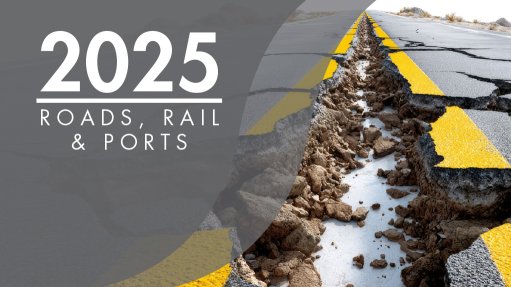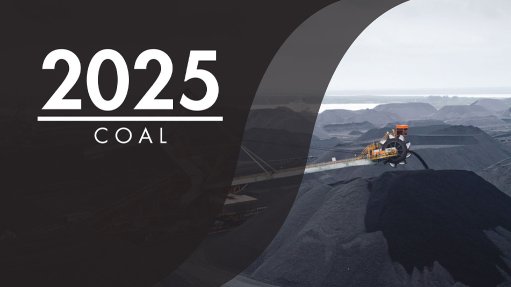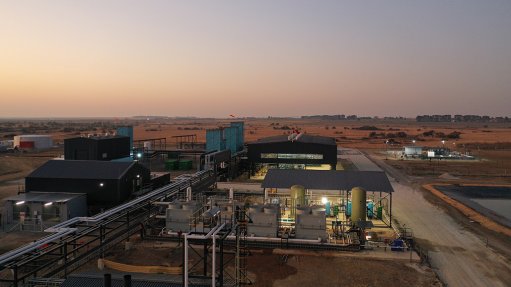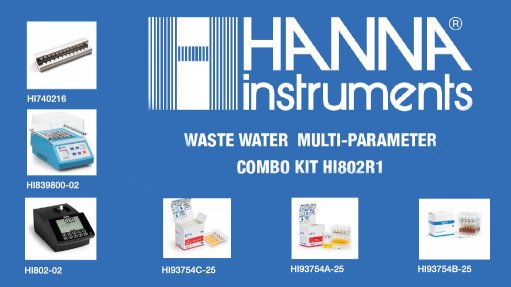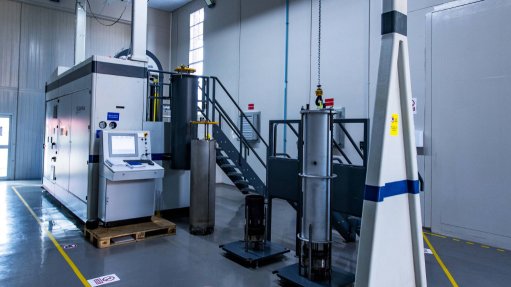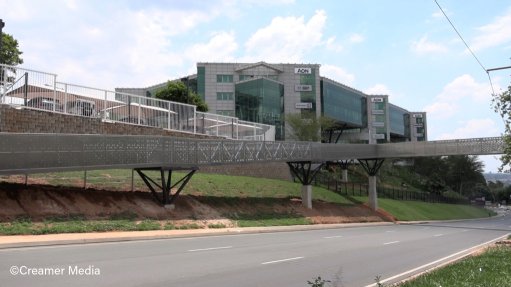New code tightens blasting standards

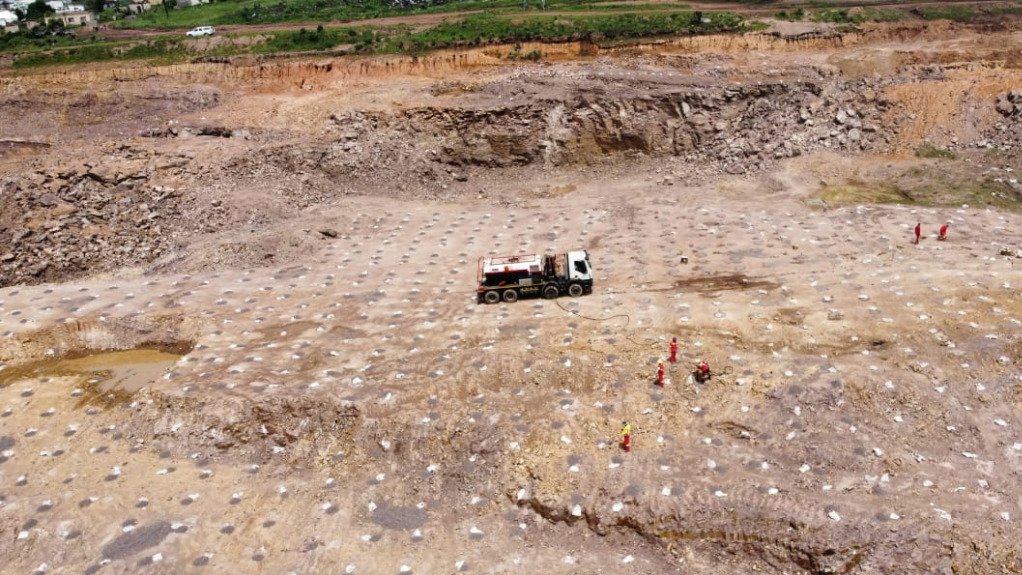
STRICT ADHERENCE Innovative technologies have gained traction as a means of meeting the explosives and blasting code of practice's strict requirements
The mandatory code of practice (CoP) for explosives and blasting practices in the mining industry, which came into effect in November 2024, has introduced significant changes to the South African blasting sector. These changes require stricter protocols that can be met through innovative technology, says explosives and blasting expert Master Blasters CEO Dean Pather.
Published under the Mine Health and Safety Act, the CoP establishes minimum site-specific standards for ground vibration, air blast, noise and flyrock that mines must identify, predict, monitor and control.
Rather than generic limits, he says the CoP requires every operation to conduct a presurvey of structures and receptors, set site-specific baseline limits and produce a documented CoP aligned to national guidance.
Presurvey information, receptor categorisation and engineering limits must be embedded into drill patterns, charge distribution, timing and stemming decisions.
As a result, the routine acceptance of “maximum instantaneous charge” or simple scaled-distance rules without documented site calibration is no longer sufficient, he warns.
Further, the CoP mandates that every blast be monitored, recorded and compared against predictions.
Here, Pather says blast design has moved from a once-off engineering exercise to a continuous improvement loop, whereby mines must calibrate predictive models with monitored results and adjust their designs accordingly.
The CoP also mandates that drill-and-blast design teams must include multidisciplinary inputs, placing strict requirements for community protection, with certain monitoring and measurement systems now being essential.
“Tri-axial seismographs and calibrated air-blast microphones positioned at receptor locations are the baseline, and their data must be time-synchronised with blast logs and initiation times,” he outlines.
These changes shift responsibility for community protection onto the mine’s planning, design and monitoring systems, placing greater emphasis on traceability, transparent reporting and predictable outcomes.
Owing to these changes, the design and execution of blasts have become more iterative and data-centric, requiring closer collaboration between geotechnical engineers, blast designers, explosives suppliers and community liaison teams, adds Pather.
Compliance Challenges
Since the implementation of the CoP, some of the key compliance challenges have been organisational and data-driven.
Building a defensible presurvey, establishing attenuation and site constants, and maintaining an audit trail from “design to as-fired” often require investment in instruments, personnel skills and repeatable workflows, adds Pather.
However, he acknowledges that procuring and correctly siting seismographs and air-blast monitors, integrating meteorological observations into assessments, and ensuring that community receptors are identified and consulted, are often time-consuming efforts for mines.
In parallel, contractors and smaller operators are required to produce a site-specific CoP and supporting technical inputs, such as a rock mechanic’s sign-off and an explosives supplier’s input, within relatively tight lead times.
The CoP has also impacted on supply chains and regulations, with Pather pointing out that increased focus on the secure transport, storage and accounting of explosives has compelled logistics providers and manufacturers to tighten controls and enhance traceability.
Consequently, suppliers of electronic initiation systems, seismographs and cloud-based analytics are partnering closely with explosives manufacturers and contractors to provide integrated solutions, which reduce the regulatory burden such as services that bundle explosives supply with technical support, and monitoring services.
Innovation, Technology
Amid the CoP changes, innovation and technology have gained traction as a means of meeting strict requirements.
Electronic detonators, in particular, are emerging as effective tools for meeting the CoP obligations while also, in many cases, improving efficiency, says Pather.
These detonators offer millisecond-level accuracy, allowing for complex timing sequences that reduce peak particle velocity and control wave interference. This allows for the energy to be delivered more effectively to the rock to improve fragmentation while lowering vibration at receptors.
Pather also notes that modern electronic initiation systems record precise firing times, simplifying post-blast reconciliation and compliance reporting, while digital tools also play a pivotal role under the CoP with hardware advances.
Modelling and blast simulation platforms allow for alternative timing and charge configurations to be tested virtually before blasting is conducted on site. This allows for the prediction of peak particle velocity and air-blast outcomes, as well as the design of mitigation measures, consequently decreasing iteration and the need for test blasts.
When combined with monitoring networks and cloud analytics, a continuous improvement cycle can be implemented by mines, whereby values are compared with measured results, site attenuation constants are refined and future designs are adjusted automatically or semi-automatically.
“This data-driven approach reduces uncertainty, shortens the tuning period for new benches and provides the transparent records that regulators now expect. It also facilitates remote technical review where we can review ‘as-fired’ data off-site and optimise designs immediately,” he adds.
Article Enquiry
Email Article
Save Article
Feedback
To advertise email advertising@creamermedia.co.za or click here
Comments
Press Office
Announcements
What's On
Subscribe to improve your user experience...
Option 1 (equivalent of R125 a month):
Receive a weekly copy of Creamer Media's Engineering News & Mining Weekly magazine
(print copy for those in South Africa and e-magazine for those outside of South Africa)
Receive daily email newsletters
Access to full search results
Access archive of magazine back copies
Access to Projects in Progress
Access to ONE Research Report of your choice in PDF format
Option 2 (equivalent of R375 a month):
All benefits from Option 1
PLUS
Access to Creamer Media's Research Channel Africa for ALL Research Reports, in PDF format, on various industrial and mining sectors
including Electricity; Water; Energy Transition; Hydrogen; Roads, Rail and Ports; Coal; Gold; Platinum; Battery Metals; etc.
Already a subscriber?
Forgotten your password?
Receive weekly copy of Creamer Media's Engineering News & Mining Weekly magazine (print copy for those in South Africa and e-magazine for those outside of South Africa)
➕
Recieve daily email newsletters
➕
Access to full search results
➕
Access archive of magazine back copies
➕
Access to Projects in Progress
➕
Access to ONE Research Report of your choice in PDF format
RESEARCH CHANNEL AFRICA
R4500 (equivalent of R375 a month)
SUBSCRIBEAll benefits from Option 1
➕
Access to Creamer Media's Research Channel Africa for ALL Research Reports on various industrial and mining sectors, in PDF format, including on:
Electricity
➕
Water
➕
Energy Transition
➕
Hydrogen
➕
Roads, Rail and Ports
➕
Coal
➕
Gold
➕
Platinum
➕
Battery Metals
➕
etc.
Receive all benefits from Option 1 or Option 2 delivered to numerous people at your company
➕
Multiple User names and Passwords for simultaneous log-ins
➕
Intranet integration access to all in your organisation





